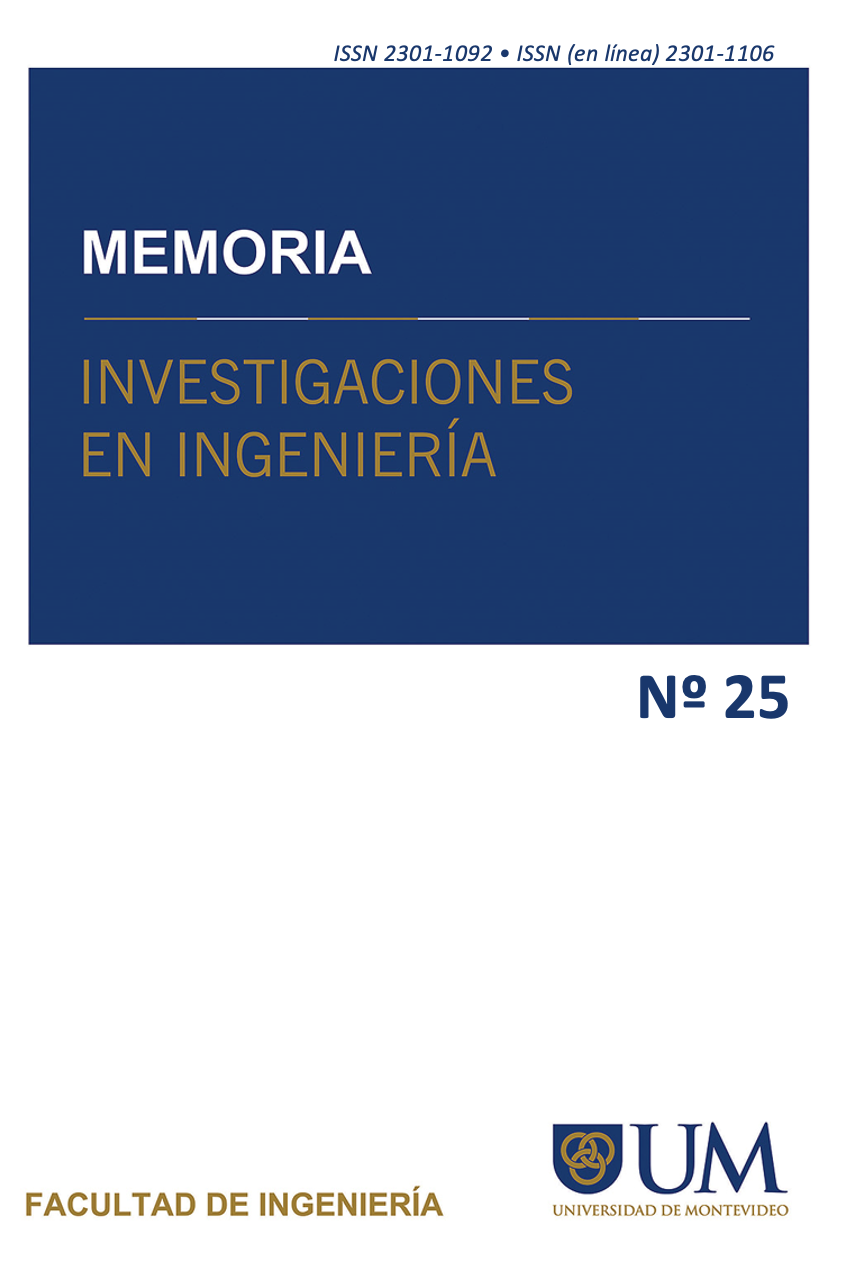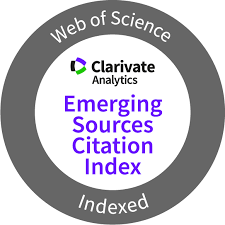Development of an IoT Tool for Optimizing Humidity Control in Cocoa Cultivation
DOI:
https://doi.org/10.36561/ING.25.14Keywords:
1, IoT 2, Arduino IDE 3, Proteus 4, Node-RED 5, TransducerAbstract
The following document presents the development of a humidity sensor for cocoa crops using IoT and Arduino. Its purpose is to showcase the various applications that new technologies can offer, particularly in the cocoa industry. It involves designing a humidity sensor node to measure changes in humidity and temperature using the electronic design tool Proteus. The measurement module is programmed in Arduino IDE and connected to the cloud via IoT, incorporating Node-RED as a means to remotely visualize real-time results. This is achieved through a presentation dashboard as the final output of the measurement process, collecting data on climate changes received by the transducer and comparing them with data obtained from the web over a specified period. This process verifies the sensor's efficiency and data accuracy, setting a precedent for future research in applied electronics, IoT, and telecommunications.
Downloads
References
E. Salous et al., “Mejoramiento de la calidad del cultivo de cacao en Ecuador,” Año 25 Número especial, vol. 3, pp. 368–380, 2020.
E. P. Cedeño Coll and J. O. Dilas-Jiménez, “Producción y exportación del cacao ecuatoriano y el potencial del cacao fino de aroma,” Qantu Yachay, vol. 2, no. 1, pp. 08–15, Apr. 2022, Available: https://doi.org/10.54942/qantuyachay.v2i1.17
L. M. Mendoza-Pinto, M. J. Espinosa-Trujillo, and J. H. Peet-Manzón, “Red de sensores de humedad y temperatura de bajo costo,” Revista de Aplicaciones de la Ingeniería, pp. 11–18, Mar. 2019, Available: https://doi.org/10.35429/jea.2019.18.6.11.18
A. Yeirme Yaneth Jaimes Suárez Genaro Andrés Agudelo Castañeda Eliana Yadira Báez Daza Felipe Montealegre Bustos Roberto Antonio Coronado Gersaín Antonio Rengifo Estrada Jairo Rojas Molina, “Modelo productivo para el Distribución del cacao.” Available: https://doi.org/10.21930/agrosavia.model.7405590.
E. Martines López, J. A. Dávila Pacheco, and L. Lira Cortés, “Modelo de generación de humedad mediante la combinación de flujos de aire,” Ingeniería Investigación y Tecnología, vol. 19, no. 4, pp. 1–10, Oct. 2018, Available: https://doi.org/10.22201/fi.25940732e.2018.19n4.034.
Oscar F. López Albino, “Calibración de Sensor de Humedad Tipo Capacitivo, Método Gravimétrico”, Available: https://doi.org/10.20906/cps/cba2018-1304.
L. M. Mendoza-Pinto, M. J. Espinosa-Trujillo, and J. H. Peet-Manzón, “Red de sensores de humedad y temperatura de bajo costo,” Revista de Aplicaciones de la Ingeniería, pp. 11–18, Mar. 2019, Available: https://doi.org/10.35429/jea.2019.18.6.11.18.
Warren Gay, “DHT11 Sensor,” St. Catharine’s, Ontario, Canada, 2018. Available: https://doi.org/10.1007/978-1-4842-3948-3_22.
Y. Ege, M. Coramik, H. Çıtak, Y. Ege, M. Çoramık, and H. Çıtak, “Circuit Simulation with Virtual Serial Port DETERMINATION OF UPPER SURFACE MAGNETIC FLUX PROFILES OF BURIED MAGNETIC MATERIALS WHICH HAVE GOT UNKNOWN PHYSICAL FEATURES WITH THE HELP OF MAGNETIC SENSOR NETWORK AND ITS EFFICIENCY IN DEFINING MATERIAL View project Circuit Simulation with Virtual Serial Port,” 2017. Available: https://doi.org/10.4028/www.scientific.net/AMR.271-273.1884.
L. Tu, J. Liu, and J. Song, “Virtual serial port in the construction of the CAN-bus network technology research,” in Advanced Materials Research, 2011, pp. 698–702. Available: https://doi.org/10.4028/www.scientific.net/AMR.143-144.698.
A. J. Nieto Pacheco, Y. E. Villegas Pilay, and J. I. Galarza Alay, “Avances actuales de las Iot y sus diversas aplicaciones,” ConcienciaDigital, vol. 6, no. 1, pp. 58–74, Jan. 2023, Available: https://doi.org/10.33262/concienciadigital.v6i1.2440.
K. Asparuhova, D. Shehova, and S. Lyubomirov, “Using Proteus to Support Engineering Student Learning: Microcontroller-Driven Sensors Case Study,” in 2018 IEEE 27th International Scientific Conference Electronics, ET 2018 - Proceedings, Institute of Electrical and Electronics Engineers Inc., Nov. 2018. Available: https://doi.org/10.1109/ET.2018.8549587.
R. Ochoa, “Módulo ESP8266 y sus aplicaciones en el internet de las cosas,” 2017. [Online]. Available: www.ecorfan.org/republicofperu
J. L. Mitrpanont, Wudhichart. Sawangphol, and Institute of Electrical and Electronics Engineers, Proceeding of 2018 Seventh ICT International Student Project Conference (ICT-ISPC) : July 11-13, 2018, Faculty of ICT, Mahidol University, Nakhon Pathom, Thailand. Available: https://doi.org/10.1109/ICT-ISPC.2018.8523891.
D. J. Manzanero-Vazquez, J. A. Manrique-Ek, G. Cardozo-Aguilar, and C. A. Decena-Chan, “Internet of things applied to agriculture using the ESP32 module in connection with the Ubidots platform,” Journal of Technological Prototypes, pp. 12–20, Dec. 2021, Available: https://doi.org/10.35429/jtp.2021.20.7.12.20.
“INSTITUTO DE INVESTIGACIONES AGROPECUARIAS-INFORMATIVO N° 273-AÑO 2021 Autores: Homero Barría y Hamil Uribe / INIA Remehue.”
G. H. Baque Barrera, J. E. Vargas Jiménez, R. M. Miranda Fienco, and F. J. Solís Gutiérrez, “Impacto tecnológico de las tendencias en robótica y sensores,” RECIAMUC, vol. 7, no. 2, pp. 711–719, Apr. 2023, Available: https://doi.org/10.26820/reciamuc/7.(2).abril.2023.711-719























